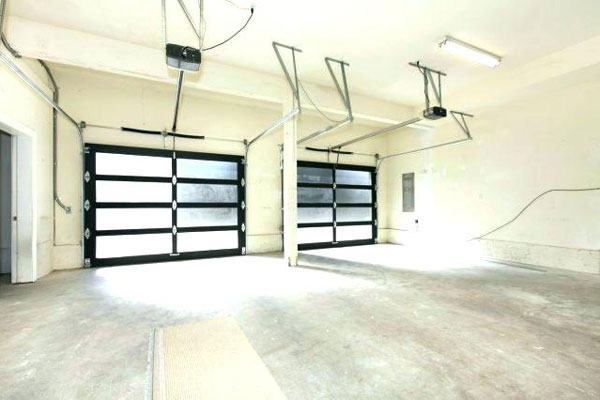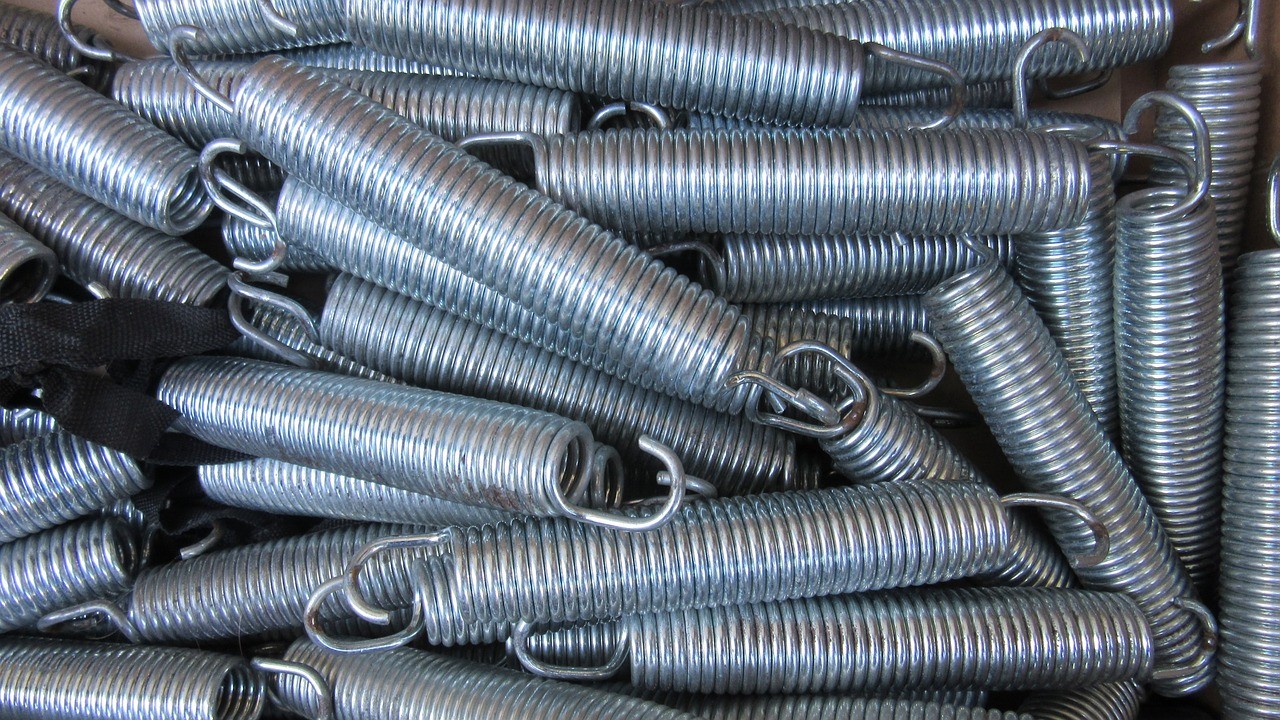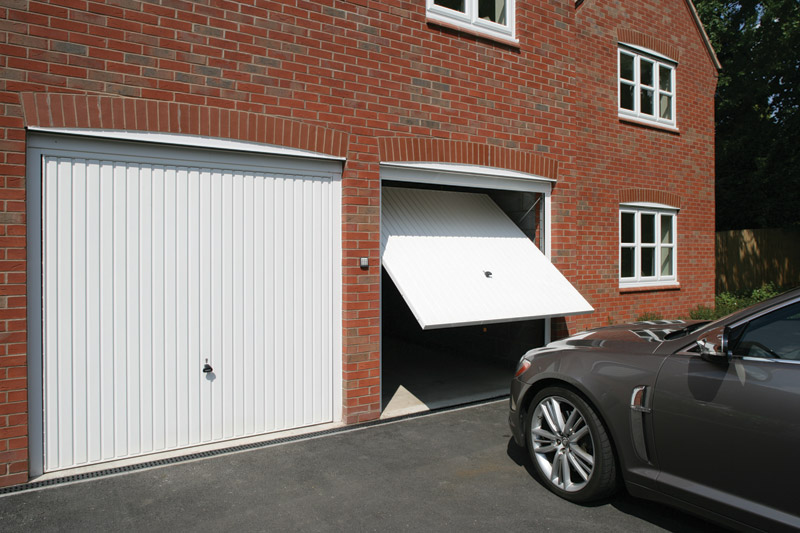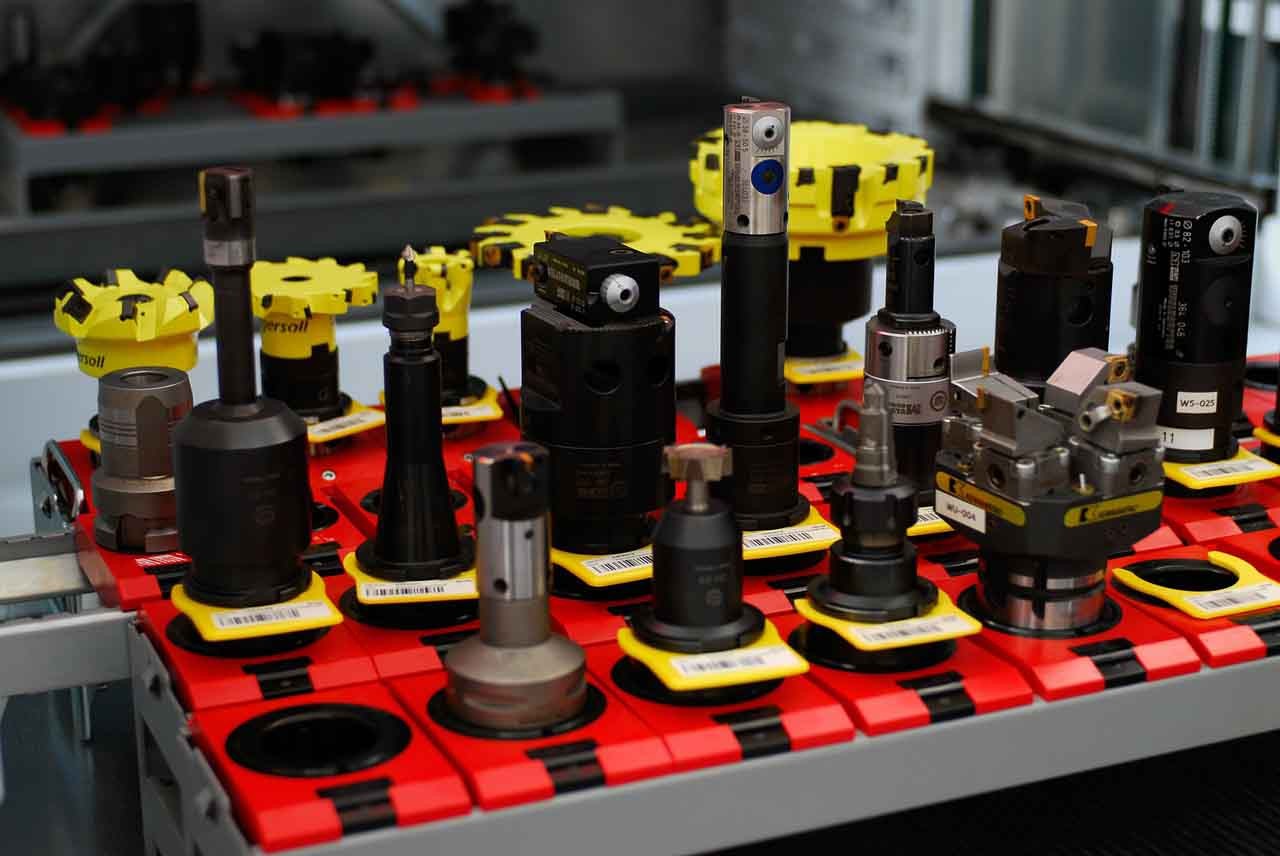Your garage door is opened and closed multiple times a day, and through the course of a year this can add up to over a thousand open/close cycles. Wear and tear is inevitable with such rigorous use and a breakdown is essentially guaranteed. A broken garage door can easily throw off your daily routine, leading to schedule delays and other inconveniences. This is why keeping yours it in the best possible shape is one of the most important things to do for your home. Here are a few maintenance tips that Calgary homeowners can do to keep their garage door going for as long as possible.
Observe Your Garage Door

The first and foremost thing you can do for your garage door is to look and listen to it as it moves up and down to open and close your garage. Take note of anything that squeaks or rattles; also keep an eye on how the garage door opens. Does it move in a jerky manner that looks like something might have gotten stuck? Do the tracks shake as your garage door moves? All these may be signals that something is wrong with your garage door, the tracks, rollers, or even the automatic garage opener itself.
Some Things You can do to Maintain Garage Door Parts
1. Bolts and Fasteners
Each time your garage door opens or closes, it causes vibrations that can eventually lead to bolts loosening on your roller brackets. If you spot any of them starting to come loose, make sure to tighten them back again using a socket wrench. Also check the bolts and fasteners keeping your automatic garage door opener secure. While these don’t receive as much vibration from the garage door’s motions, they are still liable to loosen up as time progresses. Be careful when tightening the bolts on the bottom rollers as well, as these are where the cables are attached.
2. Garage Door Roller Tracks

Keeping the tracks your garage door rollers run on is extremely important. If your rollers run over any debris left inside the tracks, it may lead to some misalignment. A properly clear track can also ease the strain caused by your garage door openers working just a bit harder during the cold Calgary winters. You can keep your track clear with either a cloth or perhaps even by running a vacuum cleaner through the top and bottom of the track. Make sure as well that your tracks are vertically level as this can also lead it issues. Use a carpenter’s level to check the plumb. If there’s a problem with the alignment of the tracks, make sure you have a professional fix the issue for you.
3. Garage Door Rollers
Properly working rollers are essential to the continued working of your garage door. Make sure to inspect these regularly for any chips, cracks, or the beginnings of rust. Make sure you replace these rollers whenever you spot issues. Replacement rollers come in different materials and each one has their own advantages and disadvantages.
Plastic rollers are cheap but would last at most 2-3 years before needing replacement.
Steel rollers are more durable and can last from anywhere between 4,000-15,000 cycles depending on the type; but these types of rollers can be very noisy which isn’t really ideal for suburban or residential settings. These also require regular lubrication.
Nylon rollers are the most expensive choice but runs along the tracks a lot more quietly than steel rollers and have comparable or even superior lifetimes, with some of the high end varieties lasting over 100,000 cycles before needing to be replaced. Ask a garage door servicing company for advice when choosing the type of roller you should use.
4. Garage Door Cables and Springs
The mechanism that runs your garage door opener consists of a number of cables and springs, as well as a band or chain on a track in the center that leads to the garage door opener motor that actually does the work of pulling up the garage door when you press that button on your garage door remote.
Garage doors usually use one of two types of springs: extension, or torsion springs. Extension spring garage doors consist of two springs installed above the two horizontal sections of the roller tracks of your garage door. Torsion spring garage doors usually have one spring installed right above the door itself. In both cases, the force is stored in the spring when the garage door is closed and released when the door is opened to help the garage door opener pull the door up. The difference is that extension springs extend to store energy while torsion springs coil tighter to do the same.

Regardless of spring type significant forces are stored inside the springs and cables that make up your garage door. Attempting to fix these yourself is very dangerous and can lead to severe injury. If you spot worn out springs or fraying cables, make sure you call a garage door specialists to perform the installation of new cables.
5. Garage Door Safety Features
Modern garage doors have 2 primary safety features: mechanical and sensors. To test the mechanical safety feature, just place a piece of wood or brick on the ground in the way of the garage door. The door should immediately raise itself back up if it hits the obstruction.
To test the sensor, it’s as simple as breaking the line of sight between the sensors as the door comes down. The garage door should stop and open itself up immediately if the line of sight is broken.
Lubricate, Lubricate, Lubricate

Lubrication is the most important form of maintenance the Calgary homeowner can do for their garage. Especially when preparing for the winter. Unlubricated garage rollers and hinges run the risk of freezing over and stiffening up in sub-zero temperatures, this forces your automatic garage door opener to exert more force trying to open your garage door and in some cases can lead to your it being stuck altogether.
The type of lubricant you should use is also important. We suggest using a silicon or lithium-based lubricant spray rather than your typical mechanical grease or oil. The primary reason for this is that typical grease or oil is prone to having dust and other particulates cling to it, which would be counter intuitive to the proper functioning of your garage door.
The important places for you to lubricate your garage door are the rollers, the springs, the hinges of your garage door panels if they are made of metal, as well as the lock to your garage door.
Your Garage Door Itself
1. Test the Balance of your Garage Door
An unbalanced garage door can lead to significant difficult to the proper functioning of your garage door opener. Unbalanced rollers can lead to the cables having to strain themselves more than they should; mainly because the cables on both sides not have to exert unequal amounts of force to open or close the garage door. An unbalanced garage door can also lead to gaps at the bottom, letting in the elements.
To test your garage door’s balance disconnect the garage door from the opener and manually lift it halfway. There should be minimal movement by the door when you release your grip on t

he door. If there’s any movement up or down, that may be a sign that your door is unbalanced. It’s advisable that you call garage door repair specialists to re-balance your garage door as the forces exerted by the cables on the door itself are very dangerous.
2. Weather stripping
Weather stripping is the lining at the bottom of your garage door. It keeps elements away from the inside of your garage by forming a seal between the door and the ground itself. This is especially important for Calgary homeowners during the cold winters as it prevents snow from reaching the garage floor.
Weather stripping deteriorates over time but unlike balancing your garage door, replacing it is a far less involved affair. You can purchase weather stripping from Canadian Tire or other hardware and home supply stores, cut it to the length of your garage door and install it to the bottom of your garage door yourself for relatively cheap.
3. Maintain the Garage Door Material
Just as important as the mechanisms of your garage door is the garage door itself. As time goes on, your garage door will see some deterioration. Paint might start to chip off or rust might start appearing. The type of material your garage door is made with informs how you should maintain it. If your garage door is made of wood it can warp and water damage is a major problem so make sure you inspect your garage door annually for these issues and have them fixed before repainting. Steel garage doors can rust so you’ll have to sand the rust out before priming and painting. Fiberglass garage doors are a bit simpler to clean as they can be washed with an all purpose cleaner.

When you’re repainting your garage door, make sure you choose a weatherproof paint. Living in Calgary, you’ll be dealing with humid summers and cold winters so choosing a paint meant to withstand these conditions is important.
If you’re experiencing Other Issues with your Garage Door Opener…
We at C-town have prepared a troubleshooting guide that covers most typical issues you may face. Now if you’re looking for a new garage door installation, or hoping to have your garage door repaired, we’ve got your back!
Just Contact Us at 403-668-6686.
